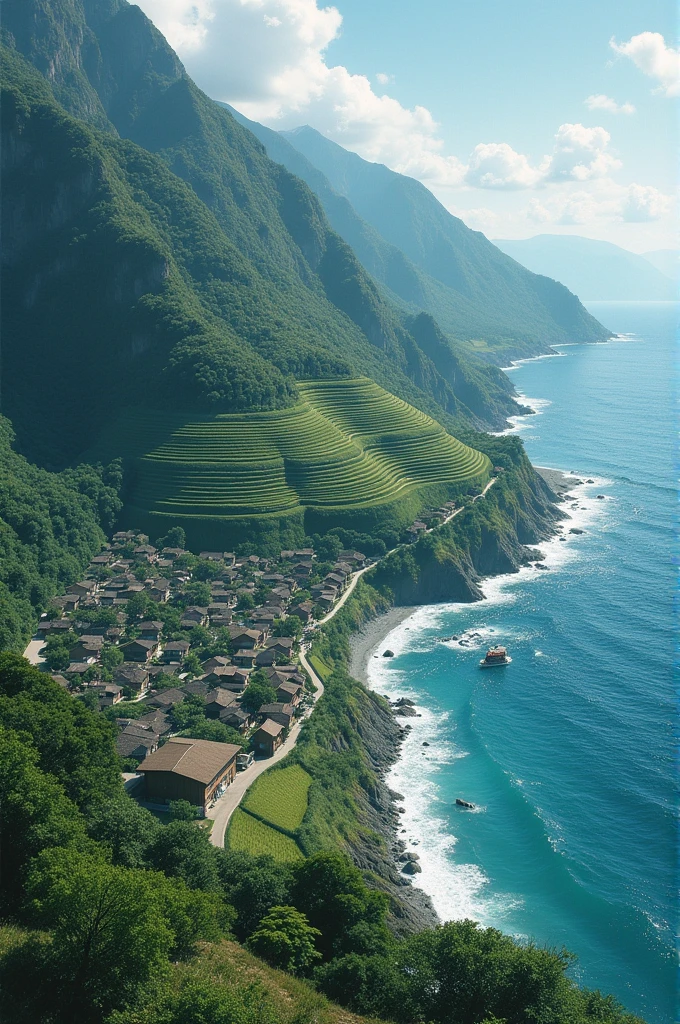From immemorial time the shores of Japan have been swept, at irregular intervals

Generation Data
Запись
Подсказки
Копировать подсказки
From immemorial time the shores of Japan have been swept
,
at irregular intervals of
centuries
,
by enormous tidal waves
,
tidal waves caused by earthquakes or by submarine
volcanic action
.
These awful sudden risings of the sea are called by the Japanese “tsunami
.
”
On the evening of June 17
,
1896
,
a wave nearly two hundred miles long struck the
northeastern provinces of Miyagi
,
Iwate
,
and Aomori
,
wrecking scores of towns and villages
,
ruining whole districts
,
and destroying nearly thirty thousand human lives
.
The story of
Hamaguchi Gohei is the story of a like calamity which happened long before the era of Meiji
,
on another part of the Japanese coast
.
He was an old man at the time of the occurrence that made him famous
.
He was the most
influential resident of the village to which he belonged: he had been for many years its
muraosa
,
or headman
;
and he was not less liked than respected
.
The people usually called
him Ojiisan
,
which means Grandfather
;
but
,
being the richest member of the community
,
he
was sometimes officially referred to as the Choja
.
He used to advise the smaller farmers
about their interests
,
to arbitrate their disputes
,
to advance them money at need
,
and to dispose
of their rice for them on the best terms possible
.
Hamaguchi's big thatched farmhouse stood at the verge of a small plateau overlooking a bay
.
The plateau
,
mostly devoted to rice culture
,
was hemmed in on three sides by thickly wooded
summits
.
From its outer verge the land sloped down in a huge green concavity
,
as if scooped
out
,
to the edge of the water
;
and the whole of this slope
,
some three quarters of a mile long
,
was so terraced as to look
,
when viewed from the open sea
,
like an enormous flight of green
steps
,
divided in the centre by a narrow white zigzag
,
a streak of mountain road
.
Ninety
thatched dwellings and a Shinto temple
,
composing the village proper
,
stood along the curve
of the bay
;
and other houses climbed straggling up the slope for some distance on eit
Информация
Checkpoint & LoRA

Checkpoint
SeaArt Infinity
#Ландшафт
#Реалистичный
#Фотография
#Дизайн сцены
#SeaArt Infinity
0 комментариев
0
0
0









